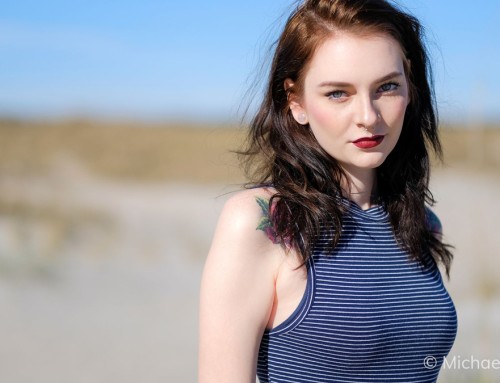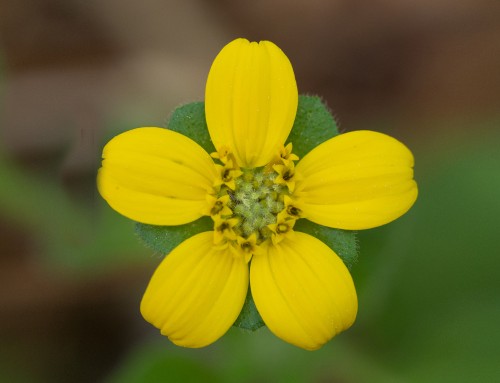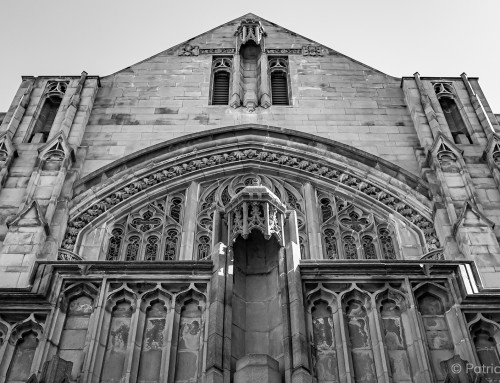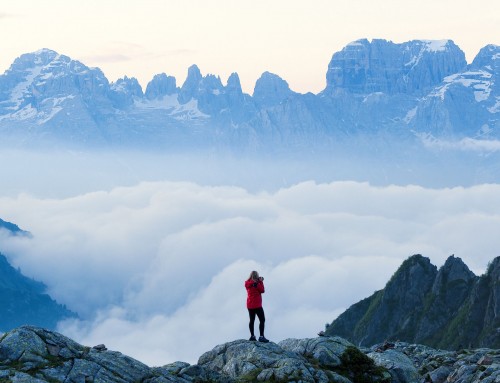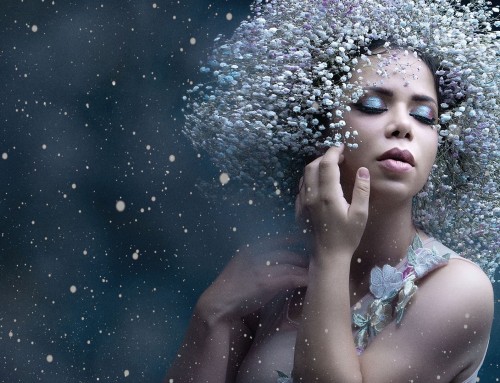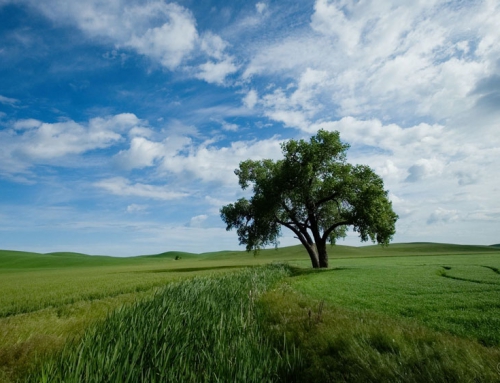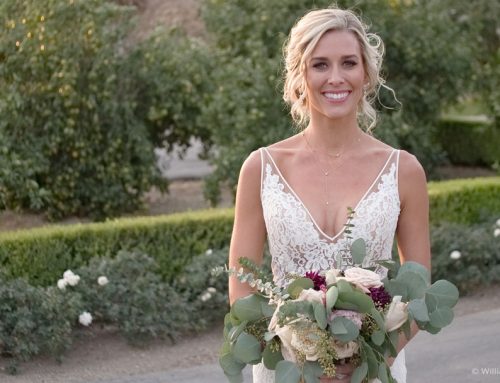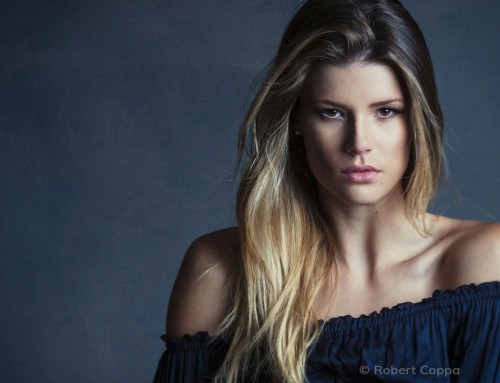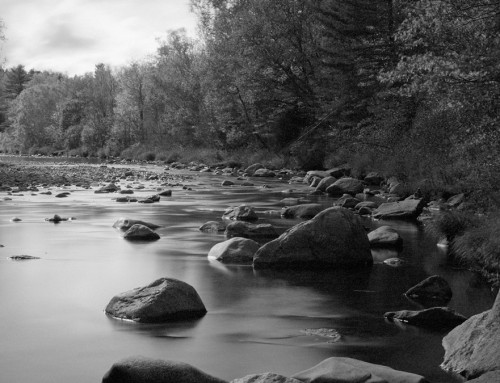A few quick adjustments in Exposure can add lots of drama to a flat-looking portrait. We made this video to show you how to remove color casts, sharpen, smooth skin, and more.
Photo: Luc Coiffait
Transcript
Types of Adjustments
Making global adjustments is the best place to start processing images. These are adjustments that are applied to the whole photo rather than only to a select area. Apply local adjustments to small, defined areas of the photo after making global adjustments. At the end of the processing workflow is the best time for detailed retouching, which is covered in another video on our website.
White Balance
Begin editing portraits first by removing unwanted color casts. Getting the skin tones correct is an essential starting point for portraiture whether processing color or black and white images. Use the White Balance adjustment tool to quickly adjust the tones. Click to sample a reference area that should appear as white or grey. Our Fixing Color Casts video talks more about the process.
Corrective Sharpening
The Detail panel controls add sharpening to correct technical issues like when an image didn’t come out of the camera sharp enough. Typically this takes place early in the editing process. Strong sharpening can create artifacts along clearly defined edges in the photo, and they can also accentuate noise so smooth areas look rough and speckly. If you notice either of those things happening, the Amount slider is too high.
Balancing Tones
Correcting the shades, tints, and tones is the next step. Clarity mostly affects the visibility of textures or small details, while Contrast affects larger regions. For portraits, balancing those sliders can give portraits more presence. Adjust contrast before touching clarity, which helps minimize unwanted artifacts, like noise.
The Histogram is very useful for editing portraits. It makes problem areas easy to identify. If highlights are blown out to white, colors have blocked up saturation, or shadows are muddy so details are indistinguishable you can easily recognize it in the graph. Drag the identified regions directly in the histogram to tweak the corresponding sliders in the Basic panel.
Exposure’s Presets
Presets are an excellent resource for portrait editing. There are a wide variety of options to select from and they are easily customizable. The more subtle presets in the Color Film and the Color Film – Low Contrast categories work well with photos of people.
Changing Proportions
A well balanced crop can improve a photo by eliminating distractions, strengthening the composition, and more. Cropping can happen at any time in the workflow because the adjustments in Exposure are non-destructive. Either freely crop to the desired proportions or select from the cropping presets.
Local Adjustments
Save applying local adjustments until late in the workflow. The adjustments made globally will impact the edits needed for specific areas in the photo. Exposure’s layer and layer masks are used to control where the effects apply. If you are unfamiliar with how it operates, watch the Local Adjustments video on our website.
Skin Texture
Creating a layer mask with the Color Constraints enables you to apply editing adjustments only to the subject’s skin. Learn all about creating masks with these tools in our 3D Color Masking Deep Dive video. Refine the mask using the color of the skin and the luminance or the brightest and darkest values of the skin. Apply skin smoothing edits with the controls on the Focus panel. Use one of the panel’s presets from the dropdown, or create your own effect with the Blur Opacity and Blur Radius sliders.
Zoom to 100% for detailed adjustments like this. Blur Opacity controls how much of the blur you see. Blur Radius controls how wide the blurring effect travels. For smaller details in skin like pours or mild texture, use a smaller radius. The goal is to smooth the texture, but still have it appear like skin. If the skin looks plastic, the effects are too strong. View a before and after version of the photo by holding the \ key.
Shiny spots
Bright highlights on skin can result in a loss of image detail. If there are large areas of skin that are bright and shiny, copy the mask created for the skin smoothing effects and paste the mask on a new layer. Then, refine the masks using Luminance Color Constraints to focus only on the brighter values within the skin selection mask you copied.
With the mask set, make adjustments to the Highlights and Whites sliders to recover hidden details. Highlights will target lighter values, and Whites defines the true white in the image. These adjustments may only make gentile, and delicate changes to the photo. Toggle the layer off and on to visualize its effect while dialing-in the look.
After making adjustments, it’s a good idea to closely inspect the highlight colors. Changes to brightness can also make changes to saturation. In this example, the adjustments we made still leave visible bright spots on the skin. Adding a tint will help them blend.
The color filter controls add a gentle tone across images. Select the color swatch and define the tone using the eyedropper to match it with the skin in the photo. Use Density to control the amount of toning added. As a final step, use the layer Opacity to blend the effect more subtly.


